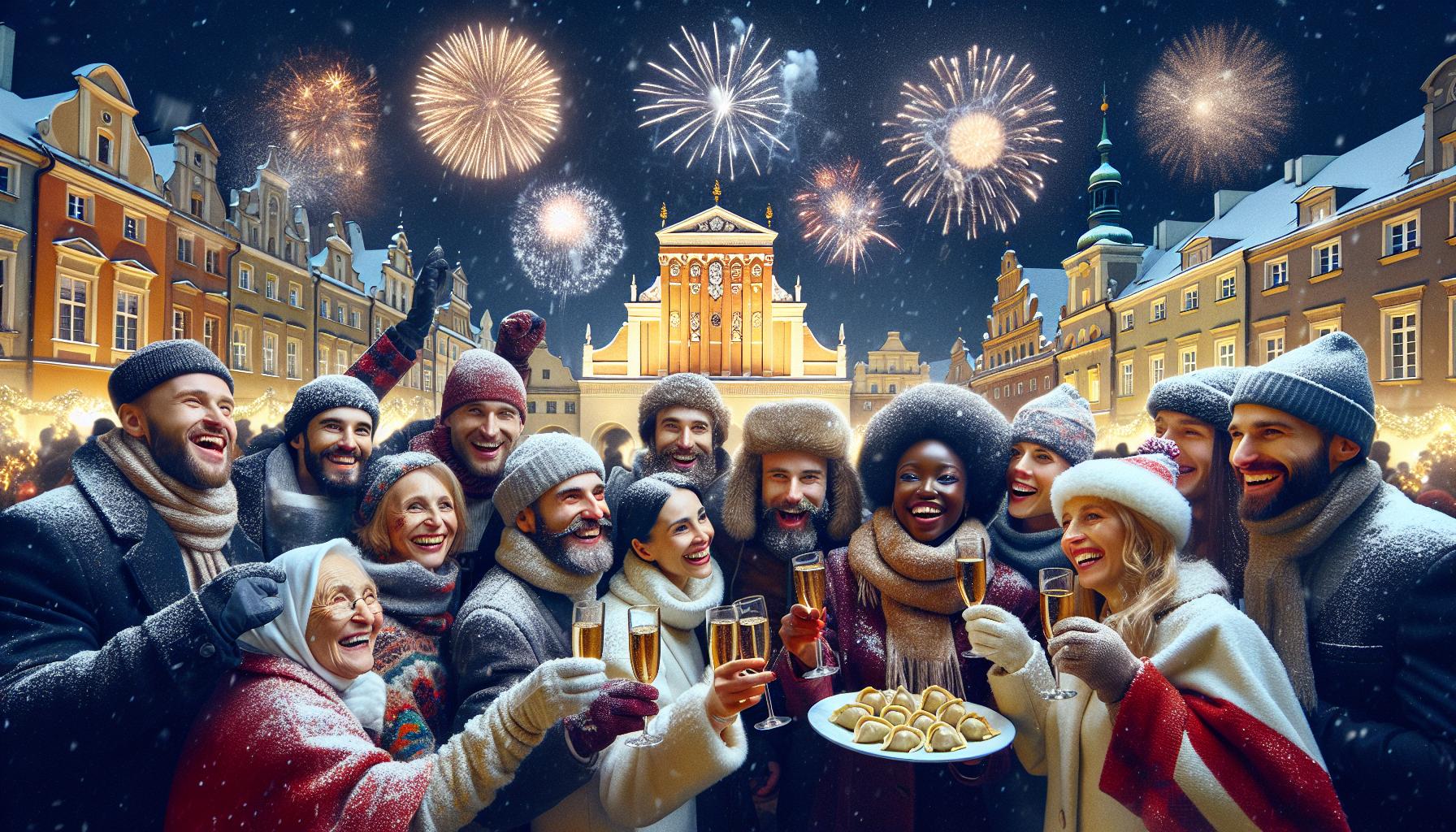
New Year's Eve is a special day marking the end of the calendar year, celebrated on December 31st. It's a time of festive celebrations, firework displays, and family gatherings, when people bid farewell to the old year and welcome the new one with hope and optimism.
New Year's Eve is one of the most anticipated days of the year, marking the end of one calendar and opening a new chapter. December 31st is a time when people worldwide bid farewell to the old year and prepare to welcome the new one with hope, optimism, and resolutions.
This unique date carries traditions celebrated in different corners of the globe. From grand celebrations at Times Square in New York to family gatherings around well-laden tables in homes across the world. On this special day, generations come together to reminisce about the past months and make plans for the future. It's also a moment of reflection on achievements and expectations for the coming 365 days.
The Significance of December 31st in the Calendar
#December 31st holds a special place in the Gregorian calendar as the year's final day. In the time-keeping system, it marks the 365th day of a regular year and the 366th day of a leap year.
Key calendar significance of December 31st:
- Ends the fourth quarter of the fiscal year
- Closes the last month of the calendar year
- Marks the deadline for annual tax settlements
- Serves as a cutoff point for many term contracts
Astronomical aspects of December 31st:
| Event | Time (CET) |
|---|---|
| Sunrise | 7:45 |
| Sunset | 15:34 |
| Day length | 7h 49min |
Administrative significance:
- Deadline for annual financial reports
- Final day for settling annual obligations
- Cut-off date for many civil contracts
- Time to verify annual organizational goals
December 31st also concludes the holiday season that begins on Christmas Eve. This date marks the symbolic transition between the old and new calendar year in most Western cultures.
New Year's Eve Traditions
#New Year's Eve traditions combine elements of modern celebration with ancient customs. New Year's Eve celebrations are characterized by diverse forms of festivities adapted to different social groups' preferences.
Parties and Balls
#Organization of New Year's Eve balls includes events in restaurants, hotels, cultural centers, and music clubs. A standard New Year's Eve ball program includes:
- Formal dinner with minimum 3 hot courses
- Musical entertainment with DJ or live band
- Champagne toast at midnight
- Snacks served throughout the night
- Dance competitions with prizes
House parties are also gaining popularity featuring:
- Cold platters with traditional appetizers
- Communal cooking and food preparation
- Board games and karaoke
- Watching New Year's Eve TV specials
Fireworks and Light Shows
#Pyrotechnic displays are an integral part of New Year's Eve celebrations. Main elements of this tradition include:
- Professional shows organized by cities:
- Synchronization with music
- Use of laser effects
- 15-20 minute spectacles
- Private fireworks displays:
- Sound crackers
- Multi-shot launchers
- Light flares
| Show Type | Average Duration | Typical Organization Cost |
|---|---|---|
| City | 15-20 minutes | $12,000-50,000 |
| Private | 5-10 minutes | $125-500 |
| Laser | 10-15 minutes | $3,750-12,500 |